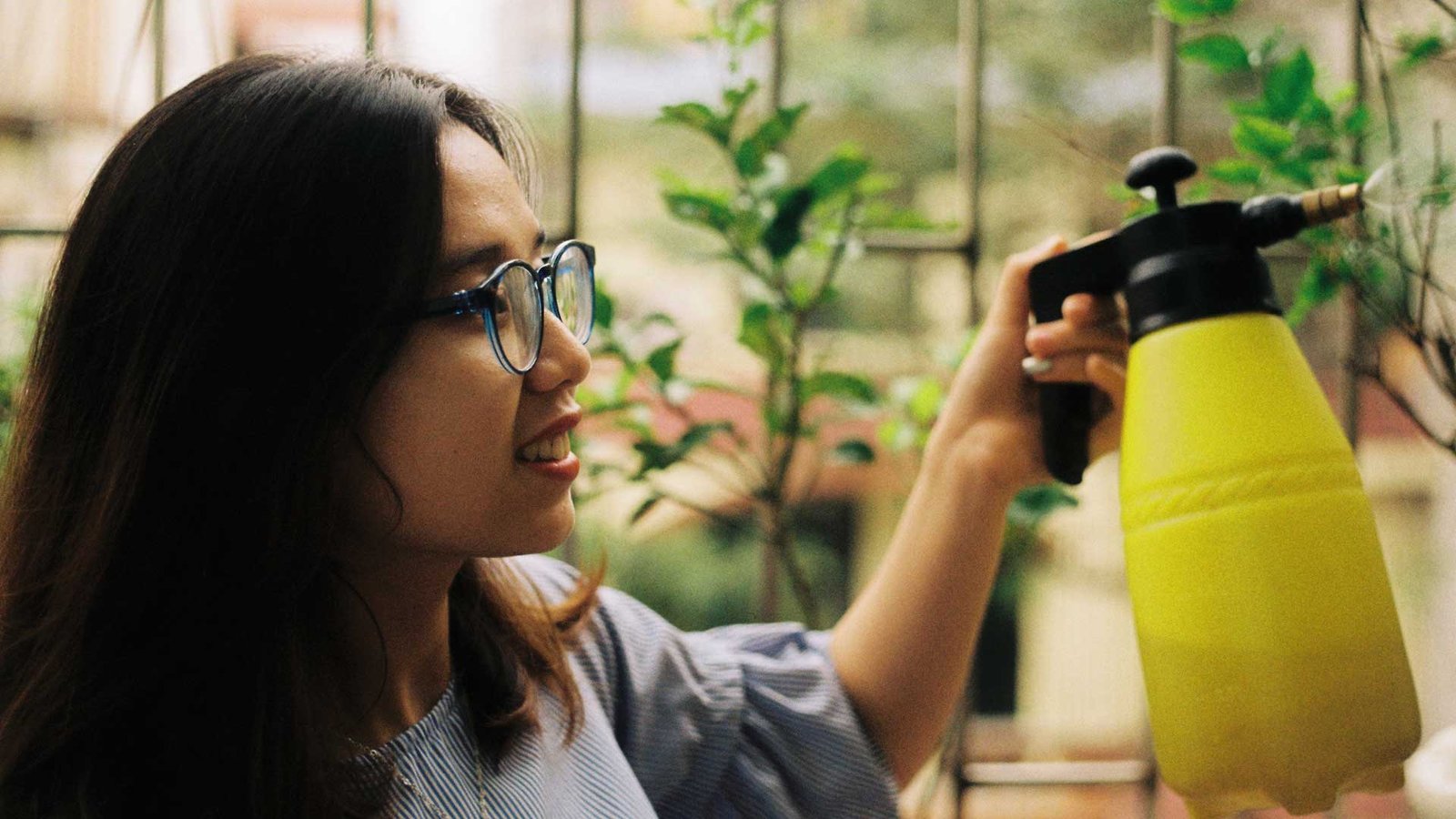This is time to start thinking about bringing houseplants inside for the winter. Among the first things I do is relocate all of the plants right near the house. It’s just outside the window where they’ll be when I bring them inside.
That acclimates them to reduced light levels while yet allowing to soothe them with fresh air and humidity. This will help them adjust to the less-than-ideal lighting indoors. Therefore, before you look for the modern plant stands indoor, let’s know the reminder.
Make Friendship with Your Thermometer
From now on, keep an eye on the temperature. Philodendrons, dracaenas, peace lilies, and Phalaenopsis orchids do not tolerate temperatures below 50 to 55 degrees Fahrenheit. Therefore they must arrive promptly. Almost all other plants can withstand nighttime temps in the upper forties.
So they’ll be out for another week or two (be sure to check the forecast every night). Holiday cactus, amaryllis, and ferns can all withstand temperatures as low as 40 degrees Fahrenheit. So they’ll stay out until forced to come in.
Hitchhikers Have Not Permitted
The next step is to inspect plants for hitchhikers you don’t want inside. A fast, sharp spray works well for annoyances like spiders or crickets. A thorough cleaning followed by a rush of an organic pesticide will help for more problematic pests such as mites, mealybugs, or aphids.
If the scale has discovered, a horticultural oil spray will suffice. For bugs in the soil, draw a gallon of water and let it stand overnight. Then add four teaspoons of bleach and saturate the ground the next morning. Any soil-borne insects will drown as a result.
Should I Prune Or Should I Not Prune? It Is The Query!
The main advice is to avoid heavy trimming during this time of year. If it’s a decision between you and the plant—or leaving the plant outdoors to freeze because you don’t have the space—you have to do what you have to do. However, avoid excessive trimming and prune back what is essential.
It’s a Different Situation Inside For Your Plants
Consider that once you’re inside, everything changes. Plants are getting less light, and the air is drying off. This is an excellent time to reintroduce the practice of testing the soil with your finger before watering.
Certain plants may lose their golden leaves as they acclimatize to decreased indoor light levels. As long as they get three or four hours of sunlight every day, the transition phase should only last a week or two. Plants require 8 hours of darkness every day. So could you not keep them on all the time?
Start Playing “Misty” For Me
When you buy plant stand online and plant tree indoor, many tender-leaved plants suffer from dry indoor air. So a gentle misting can be useful, especially for ferns, orchids, citrus, and most palms. Note that misting is “fogging” the plant rather than “raining” on it.
Spray the air around and over the plant with your mister set to a fine spray. Need not spray so strongly ON the plant that it drops off—this has referred to as “rain.”















